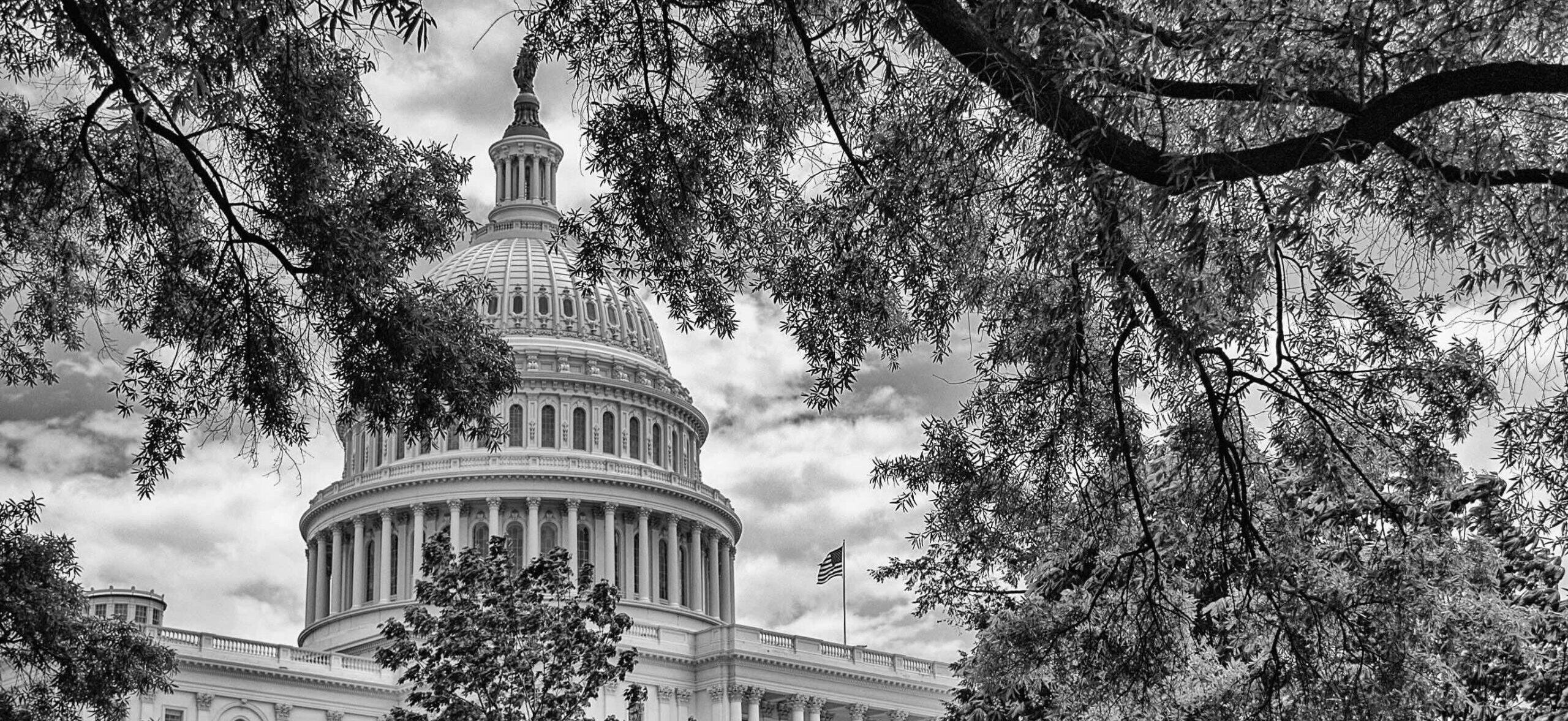As the saying goes: a picture is worth a thousand words. We present to you Figure 1.
Figure 1: Farm Safety Net and SNAP Spending, 1962 to 2026F

Note: spending for budget subfunction 351 (farm income stabilization) is used as a proxy for farm safety net spending.
Any serious student of farm policy is taught very early on that nutrition policy and farm policy go hand in hand…and that you can’t get a farm bill done that doesn’t include both. Why? The argument goes like this: there are not enough rural votes to pass a farm bill, and including nutrition brings along urban votes that otherwise would not vote for a farm bill. Figure 1 paints an interesting picture of how this relationship has changed over time. Following are our observations:
- For 40 years, spending on the Supplemental Nutrition Assistance Program (SNAP) and the farm safety net were roughly equivalent.[1] Remarkably, over the 40-year period from 1962 to 2001, SNAP spending edged out farm safety net spending by just 2/10ths of 1 percent ($439.28 billion versus $438.39 billion). Interestingly, the House was controlled by Democrats for 33 of those 40 years.
- In contrast, over the past 20 years (2002-2021), SNAP spending has outpaced spending on the farm safety net by 242% ($1,231.87 billion versus $360.14 billion). While part of this increase is certainly attributable to the Great Recession and COVID, it was also the subject of considerable scrutiny during both the 2014 and 2018 Farm Bills. Interestingly, the significant increase in SNAP spending occurred despite the fact that Republicans controlled the House in 14 of the last 20 years.
- In spite of the politically-charged concerns over SNAP spending levels in each of the last two farm bills, in 2021 the Biden Administration revised the Thrifty Food Plan market basket which was estimated to further increase spending on SNAP by $254 billion from 2022 to 2031.[2] As a result, according to the last estimates from the Office of Management and Budget (OMB), over the next 6 years, SNAP spending is projected to outpace farm safety net spending by 508% ($787.44 billion versus $129.49 billion). Notably, that provision was estimated to be budget neutral in the 2018 Farm Bill.
- With respect to the farm safety net, spending over the last 20 years has been flat. In inflation-adjusted terms, spending is actually declining.
While we are simply making observations, the purpose in doing so is to help paint a picture for why it has become so painfully difficult to get a farm bill done. In our judgement, this latest administrative action – against the backdrop of what had already been a considerable amount of angst over SNAP spending levels – is putting a significant amount of strain on that historic coalition. At the same time, grower comments at listening sessions across the country over the last two years have repeatedly highlighted what is self-evident in the chart below: the farm safety net is lagging behind.
[1] For purposes of this article, we are equating farm income stabilization (budget subfunction 351) and the farm safety net.
[2] https://www.whitehouse.gov/wp-content/uploads/2021/08/msr_fy22.pdf
Fischer, Bart L. and Joe Outlaw. “Farm Bill Fault Lines: Why is the Farm Bill Debate Stuck in Neutral?” Southern Ag Today 4(7.4). February 15, 2024. Permalink







